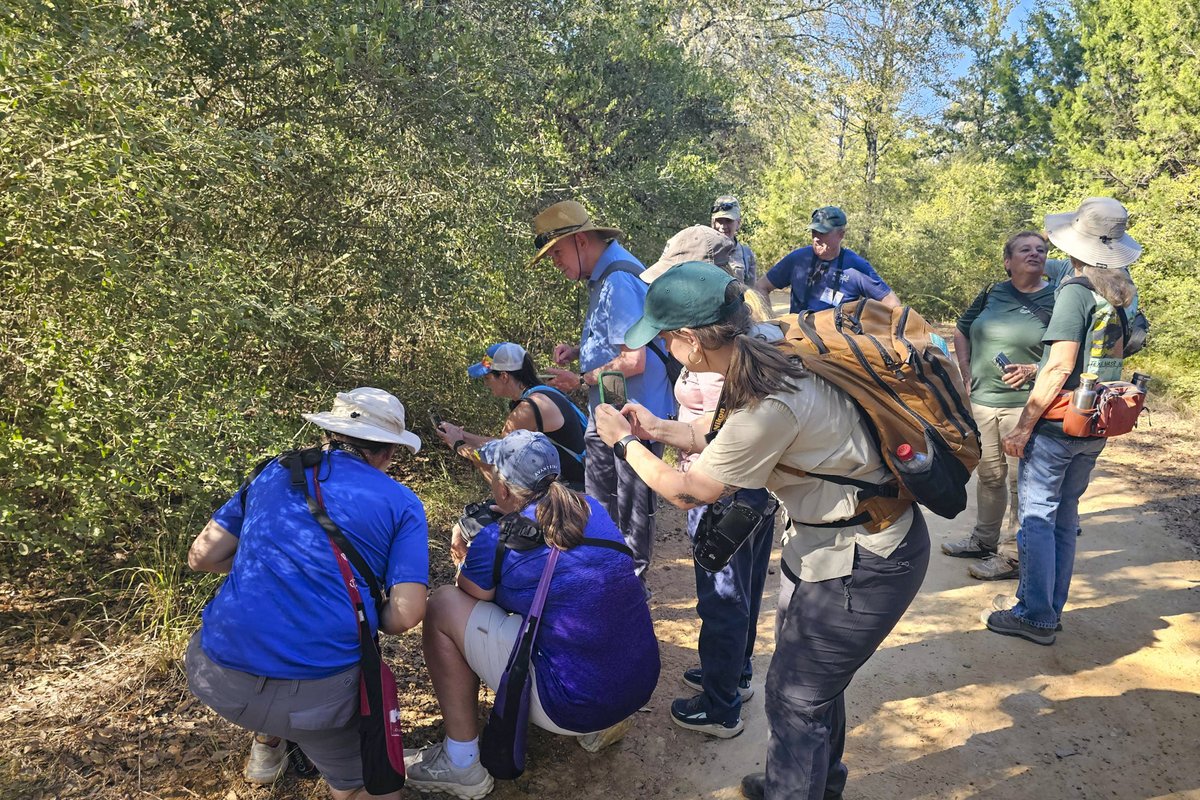Vibrio is a group of bacteria naturally found in the bays and coastal waters of Texas. If you've been in saltwater, you've encountered Vibrio. Vibrio species thrive in warm, brackish waters along coastlines worldwide. Vibrio encompasses a number of different species, but when most people hear “Vibrio” they think about the rare but traumatic flesh and limb destruction that it can cause, informally referring to it as “flesh eating bacteria.”
Infection occurs when Vibrio enters the body through open wounds, even minor cuts or insect bites. Common activities like swimming, fishing or handling raw seafood can lead to exposure. Symptoms of a Vibrio infection can develop rapidly, including pain, swelling, redness and fever. In severe cases, loss of limbs or death can occur within 24-48 hours if left untreated. Risk of infection is most pronounced when water temperature is at or above about 70 degrees Fahrenheit, although infection can occur year-round.
Texas health authorities have issued Vibrio warnings in recent years, particularly for popular coastal destinations like Galveston, Corpus Christi and South Padre Island. The Texas Department of State Health Services regularly monitors Vibrio levels and has reported spikes during summer months when water temperatures peak.
A recent study by researchers at the Harte Research Institute for Gulf of Mexico Studies also found that Vibrio populations temporarily increase sharply during Saharan Dust deposition events.
Avoid Saltwater With Open Wounds
Refrain from swimming or wading if you have cuts or abrasions. Treat any wound that has been exposed to saltwater by flushing and cleaning with warm water and antibacterial cleansers.
Use Protective Gear
Wear puncture-resistant gloves when handling seafood and closed-toed shoes in water.




